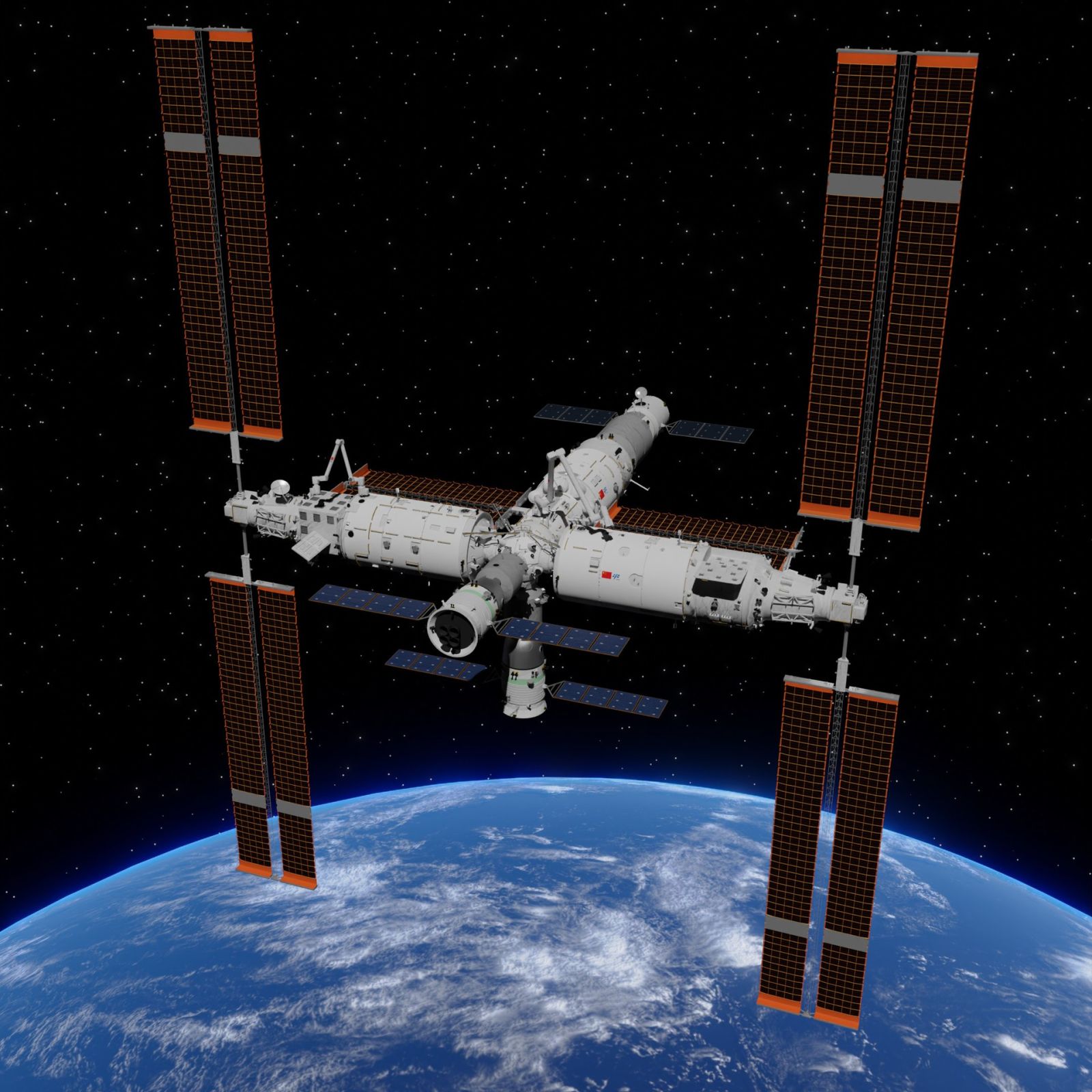Space photosynthesis: efficient for producing oxygen and fuel 🚀
Published by Cédric,
Article author: Cédric DEPOND
Source: The Eurasian Times
Other Languages: FR, DE, ES, PT
Article author: Cédric DEPOND
Source: The Eurasian Times
Other Languages: FR, DE, ES, PT
Follow us on Google News (click on ☆)
Unlike the energy-intensive processes used until now, this system operates at ambient temperature and pressure, paving the way for increased autonomy in space missions.
This breakthrough could radically change the logistics of orbital stations and future lunar or Martian bases. By reducing the need to transport oxygen from Earth, space missions would gain in duration and flexibility. This technology could also be integrated into future lunar infrastructures, directly exploiting local resources to generate oxygen and fuel.
A more efficient process than current technologies
Until now, space stations like the ISS primarily use water electrolysis to produce oxygen, an energy-intensive process. The Chinese method stands out for its higher energy efficiency and greater flexibility. In addition to oxygen and ethylene, it allows the synthesis of other useful compounds such as methane and formic acid.
These chemicals could not only supply astronauts' life support systems but also produce fuels for rockets and exploration vehicles. Such capability would significantly reduce dependence on Earth-based resupply, offering a more sustainable model for space exploration.
A key advance for lunar colonization
China aims to establish a permanent lunar base by 2035, and this new technology could play a key role in this project. By exploiting the CO₂ exhaled by astronauts and the water present on the Moon, it would be possible to produce oxygen and fuel locally, reducing the need to transport resources from Earth.
This model is inspired by the principles of Earth's biosphere, where resources are recycled to maintain a habitable environment. By developing autonomous systems capable of functioning on other celestial bodies, China secures a strategic advantage in the conquest of the solar system.
A head start over Western programs
While NASA faces difficulties in meeting its schedule for a return to the Moon, China is consolidating its lead in sustainable space technologies. By developing innovative energy solutions, it strengthens its position as a leader in long-term space exploration.
The United States and Europe are also working on in-situ resource production systems, but China's success in artificial photosynthesis in microgravity could give Beijing a clear advantage. This technological breakthrough could well redefine the balance of space conquest in the coming decades.
To go further: How does artificial photosynthesis work in microgravity?
Artificial photosynthesis in microgravity relies on a chemical catalyst capable of transforming CO₂ and water into oxygen and carbon compounds under the effect of an energy source. Unlike natural photosynthesis, which depends on chlorophyll, this process uses specific materials to accelerate the reaction without biological intervention.
One of the major challenges in weightlessness is the behavior of liquids and gases, which do not mix as they do on Earth. Researchers had to design a system ensuring optimal contact between reactants and the catalyst, thus guaranteeing sufficient yield despite the absence of gravity to facilitate molecular diffusion.
This method offers higher energy efficiency than existing techniques, particularly water electrolysis. It not only produces oxygen but also generates useful hydrocarbons for the manufacture of plastics, fuels, or other materials essential for long-duration space missions.
Additional tests will be needed to assess the system's durability over long periods. If this technology proves reliable, it could be integrated into future lunar and Martian stations, contributing to astronauts' autonomy and reducing the need for costly transports from Earth.
